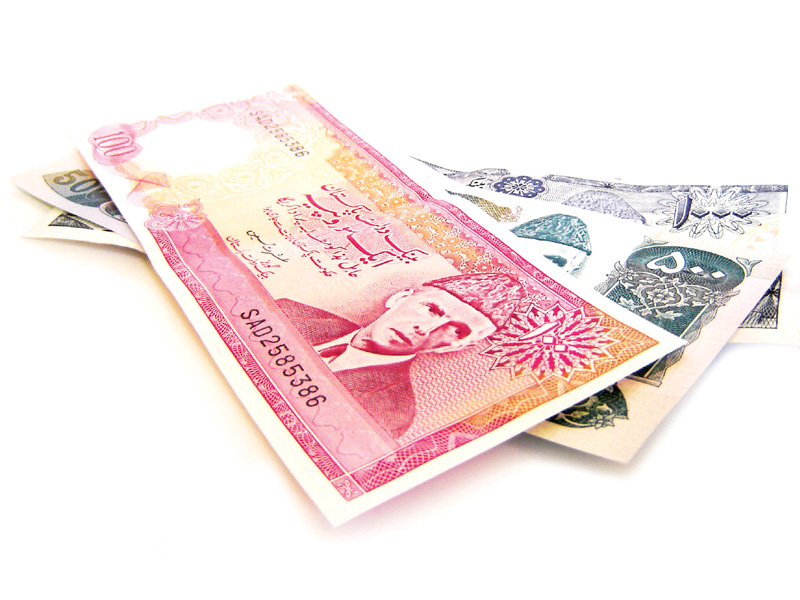
As we near the end of the incumbent, democratically-elected government’s tenure, led by the Pakistan Peoples Party (PPP), and look forward to elections in 2013, one cannot escape a common question asked by many: “Are we better off now than we were five years ago?”
Many pro-Musharraf elements would claim that the Pakistani economy has weakened since he departed, with rising prices and the incessant energy crisis crippling the entire economy. Those who would like to see the things through the PPP lens will come up with a long list of achievements, especially in terms of constitutional reforms, maintenance of the freedom of media and judiciary, and improvement in the law and order situation, at least in the Punjab province.
While a number of businesses have done well even in the crisis-hit economy of Pakistan, it is a legitimate question to ask how the national currency has performed over the tenure of the present government. The question is necessarily related with the monetary policy the central bank has pursued in the recent past.
When the present government came into power, a US dollar and a British pound were worth Rs78.92 and Rs115.18, respectively. On December 31, 2012, the exchange rate between the rupee and US dollar and the British pound stood at Rs97.18 and Rs157.13 respectively. In other words, if someone had converted Rs1,000 into US dollars on January 1, 2009 (for an exchange rate of $1 = Rs79.08 on the day), and kept $12.64 to convert them back into rupees (Rs1,228.89) on December 31,2012, they would have made a profit of Rs228.89 (an accumulated return of 22.89% over a period of four years, or average annualised return of 5.72%). Similarly, if someone had converted Rs1,000 into British pounds on January 1, 2009, they would have had an accumulated return of 35.60% over the four-year period (or an annualised return of 8.9%) on converting back their pounds into Pakistani rupees.
Conversely, a foreign investor will have lost 22.89% (on its investments in rupees from the base currency of the US dollar) and 35.60% (if the investments into rupees had come from the base currency of British pounds).
This is an interesting scenario, as it may lead to the conclusion that Pakistan rupee is not worth what it used to be. It is certainly true that the Pakistan rupee is constantly losing its value against other major currencies of the world, but the depreciation of the rupee has actually helped a number of business sectors in the country. In fact, the Karachi Stock Exchange (KSE)-100 index provided equity investors an annual return of 48% in the calendar year 2012, with the textile sector generating an annual return of 99% and cement industry returning 152% return during the year. While there are a number of reasons for the excellent performance of Pakistan equities, foreign demand and the weakening of rupee are cited as two interconnected factors.

A rupee is worth a rupee only when the business it is invested in generates a rate of return higher than the inflation rate. For example, if someone had invested one million rupees in the KSE100 index on December 31, 2008, they would have theoretically had Rs2,881,500 in nominal value of their investment on December 31, 2012 – an accumulated return of 188.15% (or an annualised return of 47.04% during the four-year period). The above calculation is based on the increase in KSE100 from 5,865 points on December 31, 2008 to 16,900 points on December 31, 2012. It is clear from the table above, that inflation, albeit very high in the last four years, could not erode all the value generated by the stock performance on the Karachi Stock Exchange. If this is taken as a rough indicator of the business performance in the country, it is fair to conclude that the Pakistani rupee, in a holistic sense, is worth more than what it had been. It is only simplistic observation by laymen and some commentators with vested interests who are trying to portray that all is doom and gloom in the Pakistani economy.
THE WRITER IS AN ECONOMIST AND A PHD FROM CAMBRIDGE UNIVERSITY
Published in The Express Tribune, February 25th, 2013.
Like Business on Facebook to stay informed and join in the conversation.

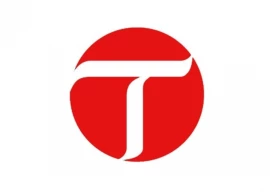
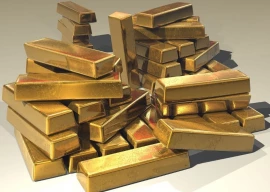

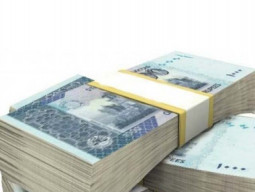


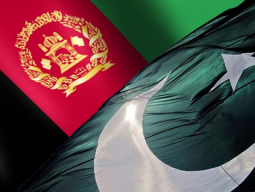

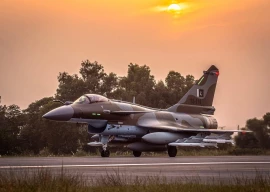

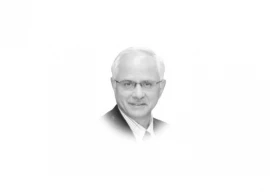





COMMENTS
Comments are moderated and generally will be posted if they are on-topic and not abusive.
For more information, please see our Comments FAQ